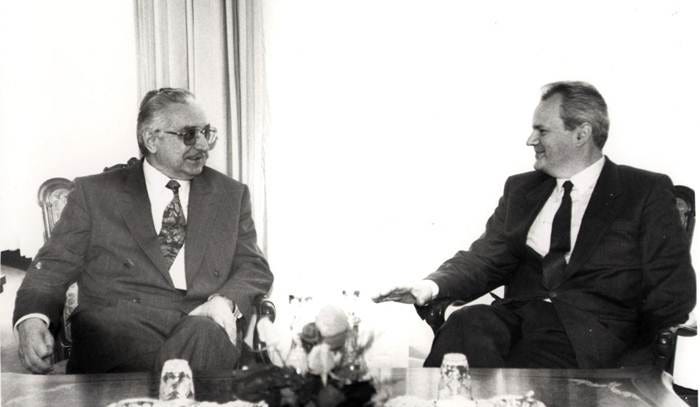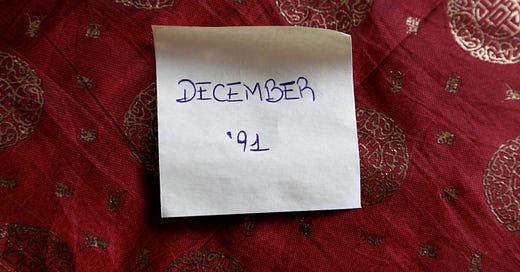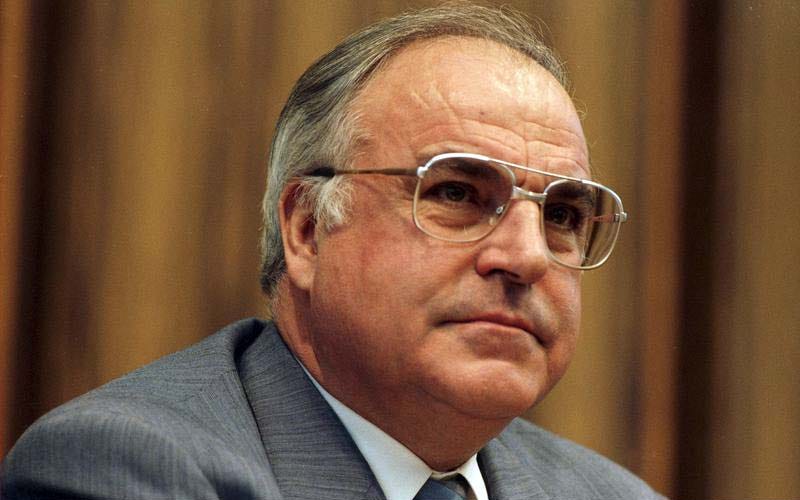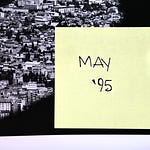It is December 1991.
After three months of siege, in Croatia, the city of Vukovar surrendered to Serbian regular and paramilitary forces [you can listen to the latest episode of BarBalkans - Podcast here].
In the meantime, Bosnia and Herzegovina is beginning to fall apart and, facing with the evident European failures in Yugoslavia, the European Community decides to hand over to the UN.
However, the European governments still try to have an influence on the former Socialist Republics’ politics, even if it is almost impossible to intervene on the tangled mess of ethnic claims and violence.
The recognition of the new Republics
In November, the European Community decided to impose economic sanctions on all the Republics.
However, on December 2, the European leaders take a step back and lift the sanctions on all the Republics except Serbia and Montenegro, to target only those responsible for the violence in Vukovar and the devastation in Dubrovnik.
The restrictive measure is approved under German pressure. Two years after the reunification, Berlin is trying to debunk the misconception of “economic giant, political dwarf” that is associated to Germany.
And that’s not all.
During an all-night summit between December 15 and 16, the German Chancellor, Helmut Kohl, gets the other 11 European leaders to commit to recognize the independence and sovereignty of Slovenia and Croatia by January 15, 1992.
Moreover, the European Community offers the possibility to all Republics to submit the request for international recognition within a week. The application will then be examined by a special arbitration commission.
The fast lane is reserved to Slovenia and Croatia. But the invitation is also accepted by Kosovo, Bosnia and Herzegovina and Macedonia.
Speaking of Skopje, Greece vetoes the name “Republic of Macedonia”. The origin of all Macedonian problems with the international recognition by the Western world trace back to mid-December 1991.
What European leaders have decided is not so audacious.
Yugoslavia has been disintegrating for months and now everyone is openly speaking about the death of the Socialist Federal Republic.
The first to do so is Stipe Mesić. Resigning as federal President on December 5, he states that «Yugoslavia no longer exists».
Only four days later, at the Peace Conference in The Hague, the Arbitration Commission of the European Community, chaired by Robert Badinter, confirms that «the Yugoslav Federation is in full disintegration».
As a result of the dissolution, the report states that the Republics will be able to freely form new associations of States, respecting international law and the dignity of ethnic minorities.
Serbia and Montenegro, targeted by European sanctions, dispute the document. Facing the secession of the other Republics, they claim the exclusive right of succession to the Yugoslav Federation.
The secessionism of Serbs (out of Serbia)
Banditer and his colleagues in the Arbitration Commission are aware of the bloody ethnic divisions in Croatia and Bosnia and Herzegovina.
This is why they recognize Serbs - outside of Serbia - the right to their own identity. But not to secession.
According to the 1974 Yugoslav Constitution, sovereignty is guaranteed only to the six Socialist Republics, not to the peoples living within the borders of the Federation.
As the Federation is disintegrating, the Republics can separate unilaterally, but without changing borders. With the exception of «free and mutual agreements».
Moreover, according to the Vance Plan drawn up in November, Yugoslav People’s Army (JNA) will retreat to Serbia, while paramilitaries will have to surrender their weapons to UN Blue Helmets.
The status quo will be frozen starting from the beginning of 1992. Three United Nations Protected Areas (UNPA) will be created, coinciding with the territories conquered by Serbs in Croatia: Krajina, Slavonia and Banija.
But many oppose this Plan.
In Krajina, the leader of the Serbo-Croats, Milan Babić, fears that the retreat of the Federal Army will cut the vital connection between Knin and Belgrade.
The first step to counteract this risk is the proclamation of independence of the Republic of Serbian Krajina on December 19.
The first President is Babić, who immediately applies to the European Community for international recognition.
Something similar happens in Bosnia.
As opposed to Croats of Bosnia and Bosniaks who aspire to independence, the Serbs of Bosnia’s leader, Radovan Karadžić, threatens war if the Republic splits from Yugoslavia.
Instead, it is the Serbs of Bosnia themselves to go for separation.
On December 21, the self-proclaimed Parliament of the Serb people declares the birth of the Republika Srpska. Karadžić is appointed as the first President of the new entity.
The President of Bosnia, Alija Izetbegović, is not surprised by Karadžić’s new provocation and tries to deescalate the tension: «There will be no war, because it takes two to fight».
The issue is that many people are ready to fight, inside and outside the borders of Bosnia.
Often the situation is almost absurd.
For example, the President of Croatia, Franjo Tuđman, and the President of Serbia, Slobodan Milošević, are facing off in a series of bloody war actions on Croatian territory, in order to get the most advantageous condition possible before the status quo.
In the meantime, they agree to split up Bosnia and Herzegovina, at the expense of the Bosniaks (Bosnian Muslims).
The first meeting was in March in Karađorđevo, when the two Presidents discussed about the division of Bosnian territories. Both agreed that Bosnia and Herzegovina is «a fake entity».
In the following eight months - despite the events of the war in Croatia - the plan continued thanks to the work of a secret commission, established precisely to draw the borders between Greater Serbia and Greater Croatia.
The Croatian President himself confirms this intention, heralding a 1992 of violence in Bosnia.
During the New Year’s reception for journalists, Tuđman declares that the division of the Republic (and the creation of a Muslim buffer zone) «will correspond to the long-term interests of all three peoples of Bosnia».

If you liked this article, you can spread this parallel journey and the free weekly newsletter:
If you know someone who can be interested in this newsletter, why not give them a gift subscription?
Here is the archive of BarBalkans - Podcast:



















Share this post